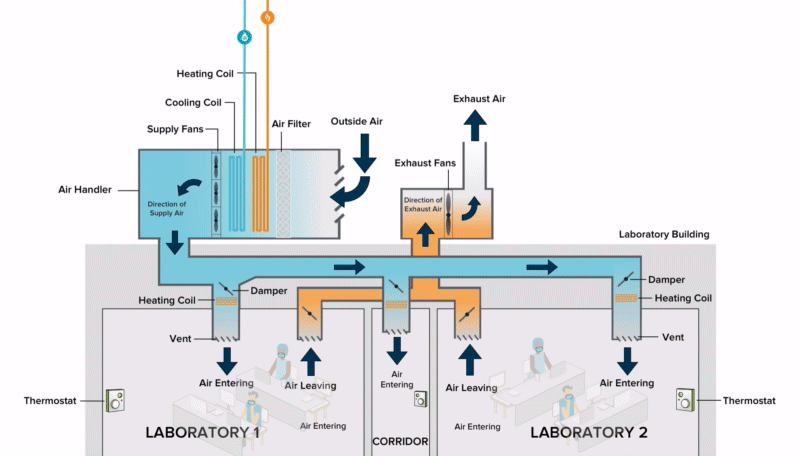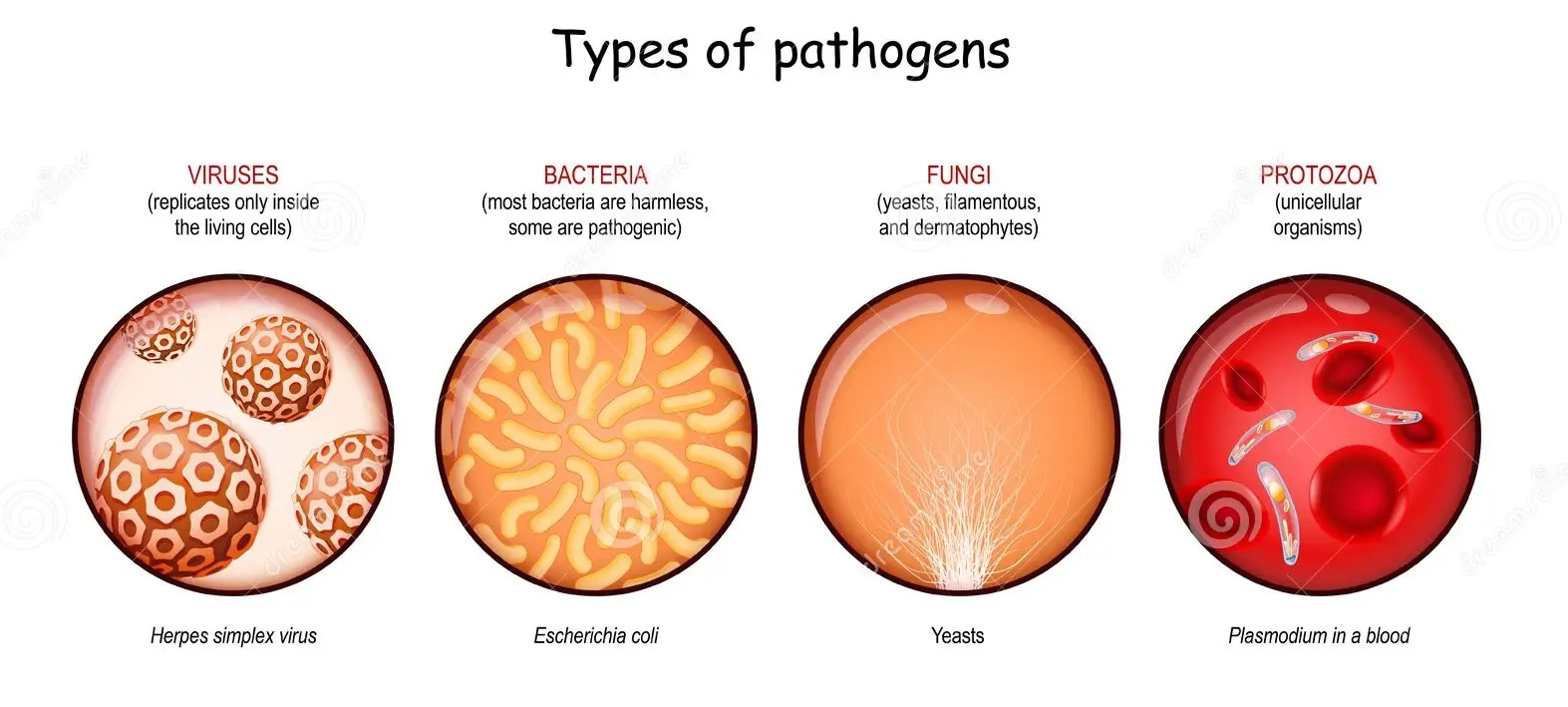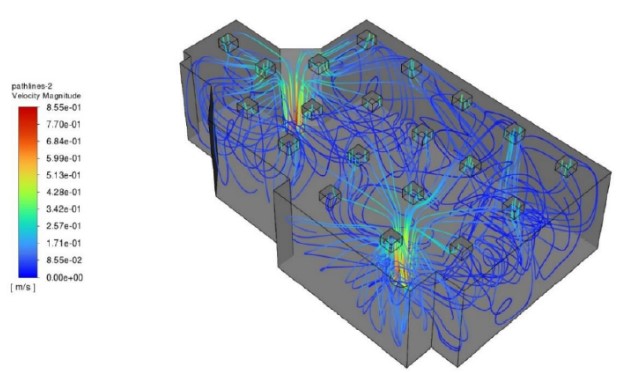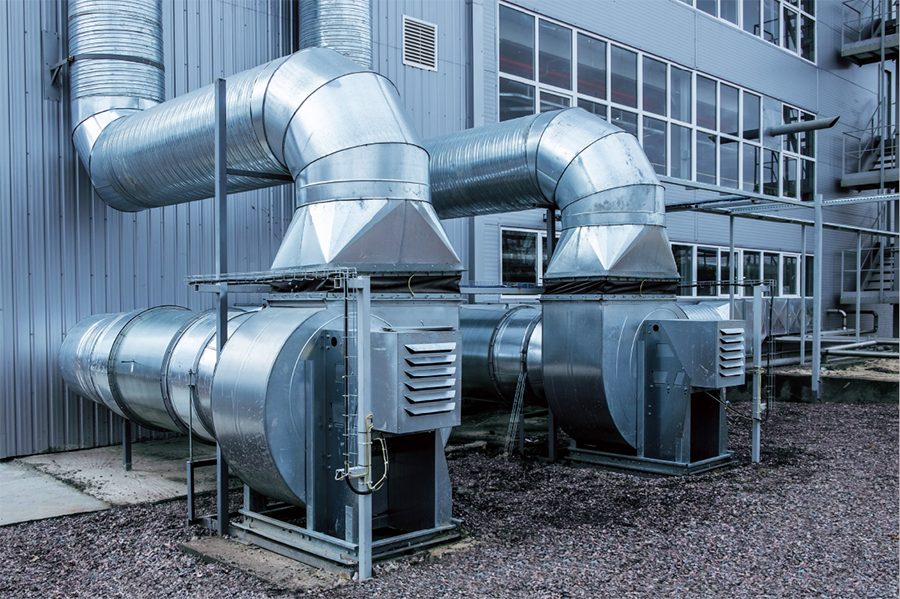In today’s world, the importance of maintaining a clean and safe environment is more critical than ever. As we navigate through ongoing health challenges, infection prevention remains at the forefront of our concerns, particularly in indoor spaces where viruses and bacteria can spread rapidly. One effective method to enhance indoor air quality and reduce the risk of airborne infections is through the use of in-duct ventilation air cleaners. Central to their effectiveness is the concept of fractional aerosol filtration efficiency. Let’s dive into what this means and how it plays a crucial role in infection prevention.
Understanding Infection Prevention:
Infection prevention strategies are essential in various settings, including healthcare facilities, schools, offices, and homes. These strategies involve measures to prevent the transmission of pathogens, especially those that spread through the air. Key components of effective infection control include:
Hygiene Practices:
- Regular handwashing and sanitization.
Personal Protective Equipment (PPE):
- Masks and gloves, especially in high-risk environments.
Air quality Management:
- Ventilation system that filter and purify indoor air.

The Role of Ventilation in Infection Control:
Ventilation is critical in diluting airborne pathogens and ensuring a continuous supply of fresh air. In-duct ventilation systems, which distribute air throughout a building, are particularly valuable in controlling indoor air quality. However, without adequate filtration, these systems can inadvertently circulate harmful aerosols.
What is fractional aerosol filtration efficiency and in-duct ventilation air cleaners?
Fractional aerosol filtration efficiency (FAFE):
Refers to the ability of an air cleaner to capture specific sizes of aerosol particles, which can include bacteria and viruses. This metric is crucial because pathogens exist in various sizes, and a filter’s efficiency can vary based on these dimensions.
In-duct ventilation Air cleaners:
are devices installed within the ductwork of heating, ventilation, and air conditioning (HVAC) systems. They work by filtering the air that circulates through the building, helping to reduce airborne contaminants. The effectiveness of these air cleaners in infection prevention is largely determined by their FAFE.

Why Filtration matters?
- Pathogen Size Variability : Many pathogens that pose a risk for airborne transmission are found in aerosolized forms ranging from 0.1 to 10 micrometers. Filters with high MERV ratings are essential for capturing these varying sizes effectively.
- Enhanced Safety : In healthcare settings, where vulnerable populations are present, achieving high MERV levels can significantly lower the risk of nosocomial infections, providing a safer environment for patients and staff alike.
- Overall Indoor Air Quality (IAQ) : A high MERV contributes to better IAQ, which has been linked to improved health outcomes, productivity, and comfort in office and residential environments.

Selecting the right in-duct air cleaner:
When choosing an in-duct air cleaner, consider the following factors:
MERV rating:
Look for air cleaners with a high filtration efficiency for small particulate sizes.
Type of filter:
HEPA (High-Efficiency Particulate Air) filters are often recommended due to their ability to capture at least 99.97% of particles 0.3 micrometers in size.
Maintenance requirements:
Regular maintenance and filter changes are essential to maintain optimal performance.
Certification:
Ensure the air cleaner is certified by recognized standards organizations.
Conclusion:
Infection prevention is a multifaceted approach that requires a combination of good hygiene practices, the use of PPE, and effective air quality management. In-duct ventilation air cleaners, particularly those with high fractional aerosol filtration efficiency, play a pivotal role in reducing airborne pathogens in various settings. As we continue to prioritize health and safety, investing in quality air filtration systems is a step toward ensuring a safer indoor environment for everyone.
By staying informed and proactive, we can collectively contribute to infection prevention and promote healthier living spaces. Remember, clean air is not just a luxury; it’s a necessity.


Leave a Reply